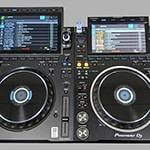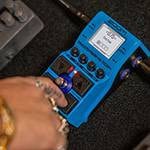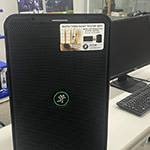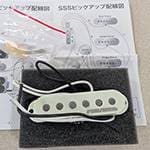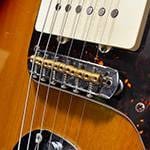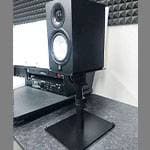A compact amp for home use is, without a doubt, an essential item for any guitarist. These days, there are quite a few players who say things like, “I’ve only ever played through a headphone amp or by connecting to an interface and using plug-ins in my DAW!” But let me be blunt:
“If you want to get better at electric guitar—play through a real amp!”
I've been playing guitar for over 20 years and have even worked as an instructor, and I can say this from experience: if you always practice using only the guitar’s unplugged sound, you’ll develop bad habits, like weak muting or poor picking techniques. Likewise, if you only ever practice through headphones, you won’t notice the challenges that come with controlling your tone or handling noise when playing at high volumes in a band setting. (That said, practicing with headphones does have its place, but that’s a topic for another time.)
Let me say it again:
“If you want to get better at electric guitar, play through an amp!”
That said, it's also true that many people in Japan can't crank up the volume at home due to housing conditions. I'm in the same boat—I can't play loud at home either.
So, the question becomes: what kind of amp is best for home use?
Let’s take a closer look at that.
By the way, if I had to give a quick answer—it really depends on the person.
When I used to work at a specialty amp shop, I often got questions like:
“I want an amp that I can use both at home and for live shows!”
or
“Fender’s Blues Junior is 15W. Since it's not that powerful, can I use it both at home and on stage?”
The answer to that question is both yes and no.
That’s because the volume that can be realistically produced at home varies greatly from person to person.
It’s easy to imagine that someone living in a 6-tatami one-room apartment can’t play as loud as someone in a house with no neighbors nearby.
Similarly, the volume needed for live performances depends on many factors: the size of the venue, the available sound system, and how loud the band plays, to name a few.
(Since the topic of “small amps for live shows” is a whole other discussion, I’ll write about that another time.)
As for myself, I actually have about 10 amps at home, but the one I use the most is:
Yes, this little desktop amp is my go-to.
I bought the limited-edition paisley-patterned model when it came out (because I love paisley pattern).
Even when I lived in a one-room apartment, this FLY 3 was the only amp I used for playing at home.
In the past, battery-powered mini amps often felt more like toys than serious equipment. However, in recent years, many mini amps have improved significantly, with some even offering decent low-end and sound quality that’s more than sufficient for practice.
Another great example is the
This amp delivers a beautiful clean sound and I highly recommend it.
Some people might think, “Battery-powered amps are inconvenient because the batteries run out—you’ll need an adapter!” But modern rechargeable batteries are quite reliable, and I personally use mine for one to two months without recharging, depending on how often I play. Using rechargeable batteries also makes the amp easier to move around, which is a big plus.
That said, one drawback of these mini amps is that they often have fewer tone control knobs.
Some experienced players actually prefer the simplicity of fewer controls, saying it keeps things straightforward.
However, for beginners, it's important to get used to tweaking amp settings and shaping your tone manually, so having more tone control options early on can be a valuable learning experience.
When you go to a practice studio, it's pretty standard to find amps like Marshall or JC models.
MARSHALL / DSL100H Guitar Amp Head
ROLAND / JC-120 Guitar Combo Amp
Now, when you're standing in front of one of these big amps at a studio, it's unlikely you'll immediately know how to dial in your tone on the spot.
Of course, each amp has its own functions and quirks, so you’ll need to get familiar with each one. But at the very least, you should understand what GAIN, TREBLE, MID, BASS, and MASTER mean and what they do.
With that in mind, I’ve looked into a few home practice amps that I personally recommend for beginners.
One of them is:
With controls like GAIN, TREBLE, MID, BASS, and VOLUME, the interface is simple and easy to understand that is perfect for beginners. While it doesn’t include any built-in effects, I personally don’t feel effects are all that necessary on a home practice amp, so it’s more than sufficient.
YAMAHA / GA15II Guitar Combo Amp
This one also offers only the essential functions, keeping things nice and simple. Yamaha amps have long been known for their clean sound, and this model is no exception.
MARSHALL / DSL1C Guitar Combo Amp
If you’re after tube tone at low volume levels, plus that signature Marshall sound, this is an ideal home amp, though it does come at a higher price point. One common issue with tube amps, even smaller 15W models, is that their minimum volume is often still too loud for home use. But this particular model is capable of very low-volume output, making it perfect for practicing at home.
PLAYTECH / JAMMER Jr. Guitar Amp
Let’s not forget this one. This is Sound House’s own brand. The controls are minimal and straightforward, and after trying out many different amps, I honestly think this one is more than enough for home use.
In recent years, amps with built-in effects and Bluetooth have become increasingly common and convenient. But if your goal is to seriously improve your guitar playing, it’s actually better to practice with a simple amp rather than one that makes everything sound good no matter how you play.
For example, setting the tone to a slightly crunchy, less forgiving sound and using that for scale practice or technical exercises can help you learn how to make a crunchy tone sound really cool. You gain a better understanding of how to control your playing and tone.
Also, many headphone amps or effect-heavy models have built-in noise gates, so some beginners who use those might be surprised when they plug into a regular amp and hear lots of noise. They may even think the amp is broken, but this is a common misunderstanding.
If you plan to use effects during performances, then practicing with those effects on is also important, so this doesn’t mean that amp effects are completely meaningless.
For example, if you're using delay, you really need to get used to playing with it, otherwise you might find it distracting or difficult to play when the time comes.
So, we’ve explored various aspects of choosing a guitar amp for home use, but honestly, there’s still a lot more I could write on the topic. I’ll definitely revisit this in a future post.
In the end, it all comes down to personal preference. This is my ultimate conclusion.
I encourage you to think about the kind of sound you like, and try out different amps to find what suits you best.





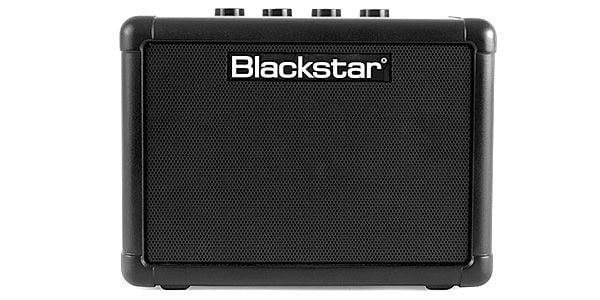
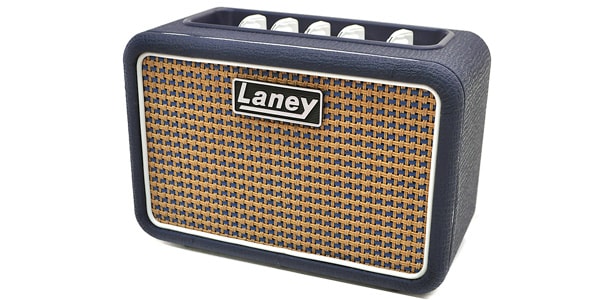
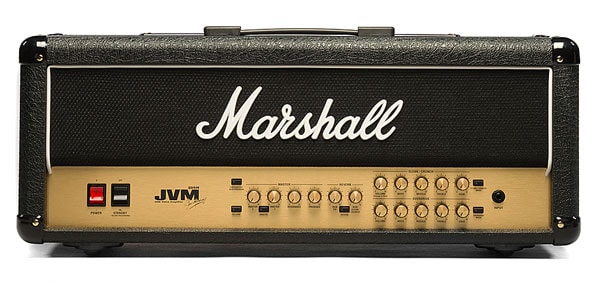
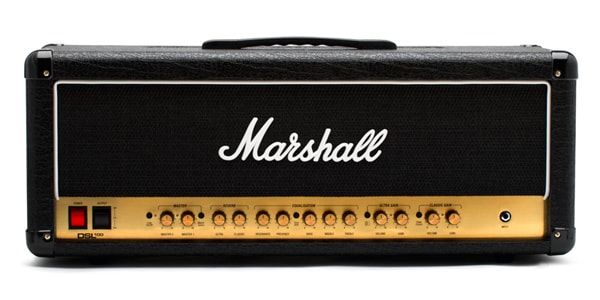
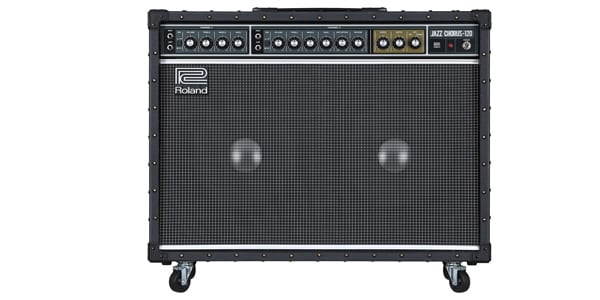
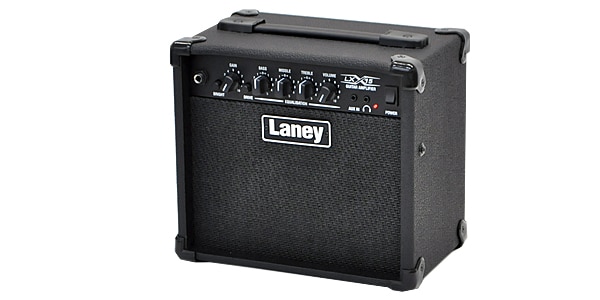
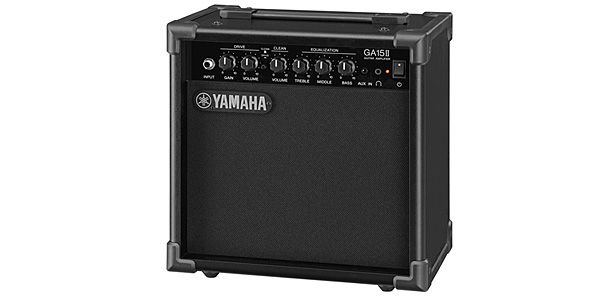
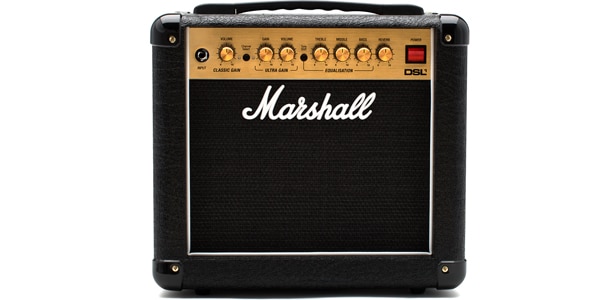
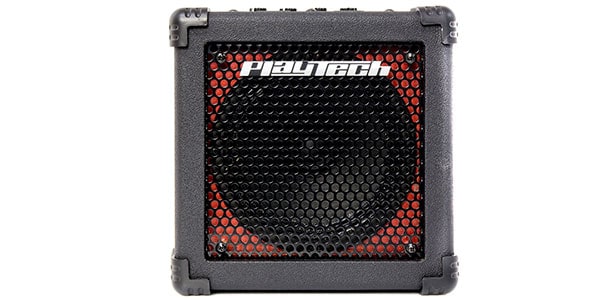










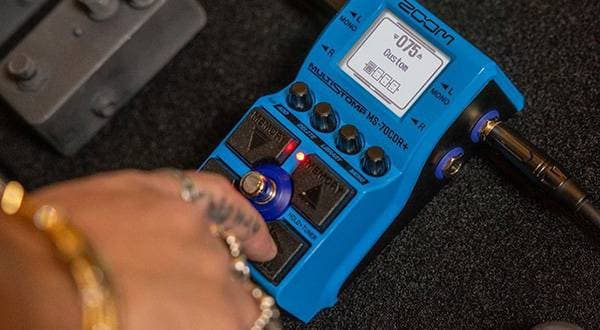
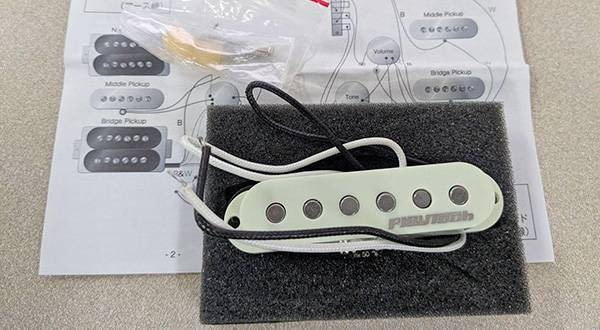
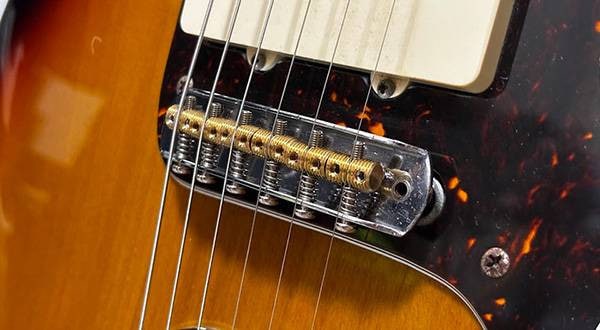
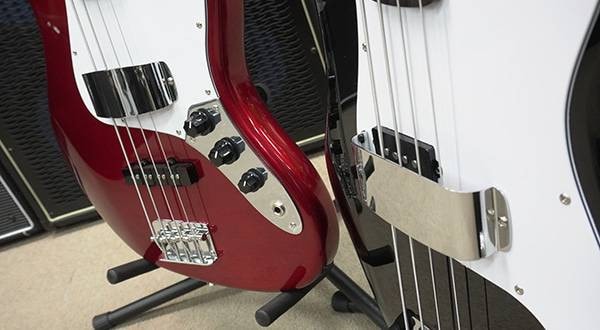
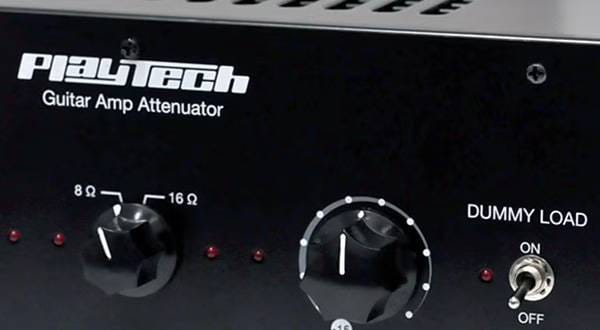
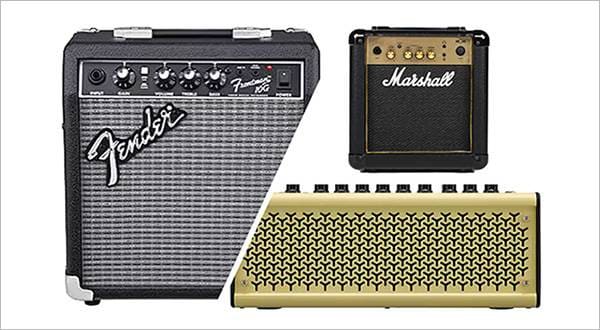
![[2025 Edition] Recommended Guitar Amps at Sound House!](/contents/uploads/thumbs/2/2023/11/20231107_2_24499_1.jpg)
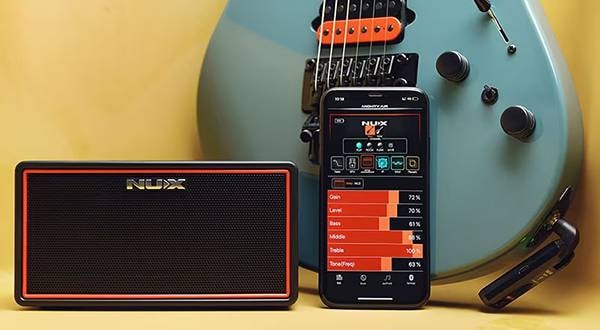
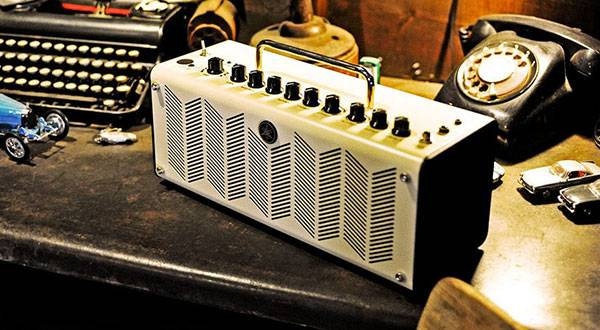
![[Latest for 2025] The 10 Best Effects Pedals for Guitar Beginners!](/contents/uploads/thumbs/2/2022/5/20220526_2_18129_1.jpg)
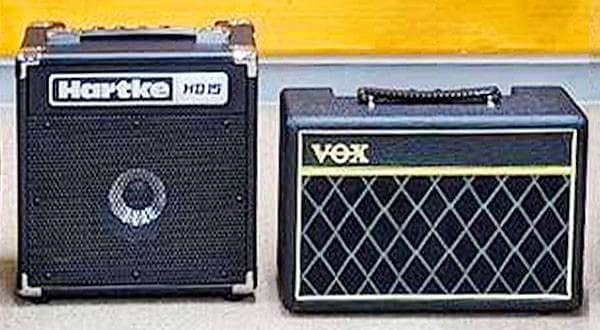
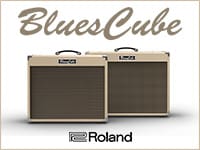 ROLAND Blues Cube特集
ROLAND Blues Cube特集
 初心者必見!PLAYTECH 激スゴの理由!
初心者必見!PLAYTECH 激スゴの理由!
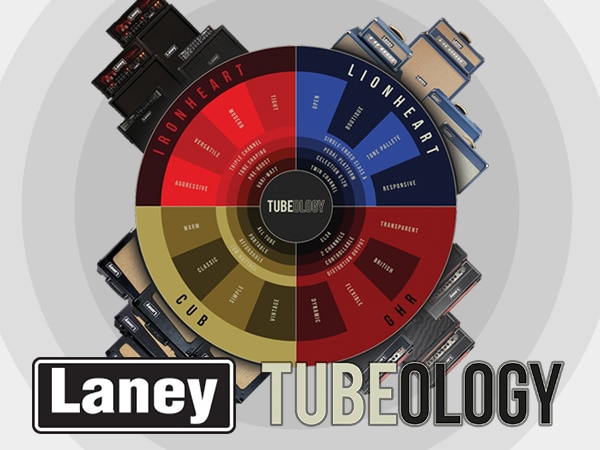 Laney TUBEOLOGY アンプガイド
Laney TUBEOLOGY アンプガイド
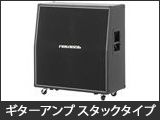 ギターアンプ スタックタイプ編
ギターアンプ スタックタイプ編
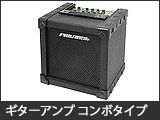 ギターアンプ コンボタイプ編
ギターアンプ コンボタイプ編
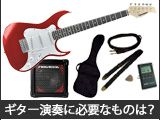 ギター演奏に必要なものは?
ギター演奏に必要なものは?
